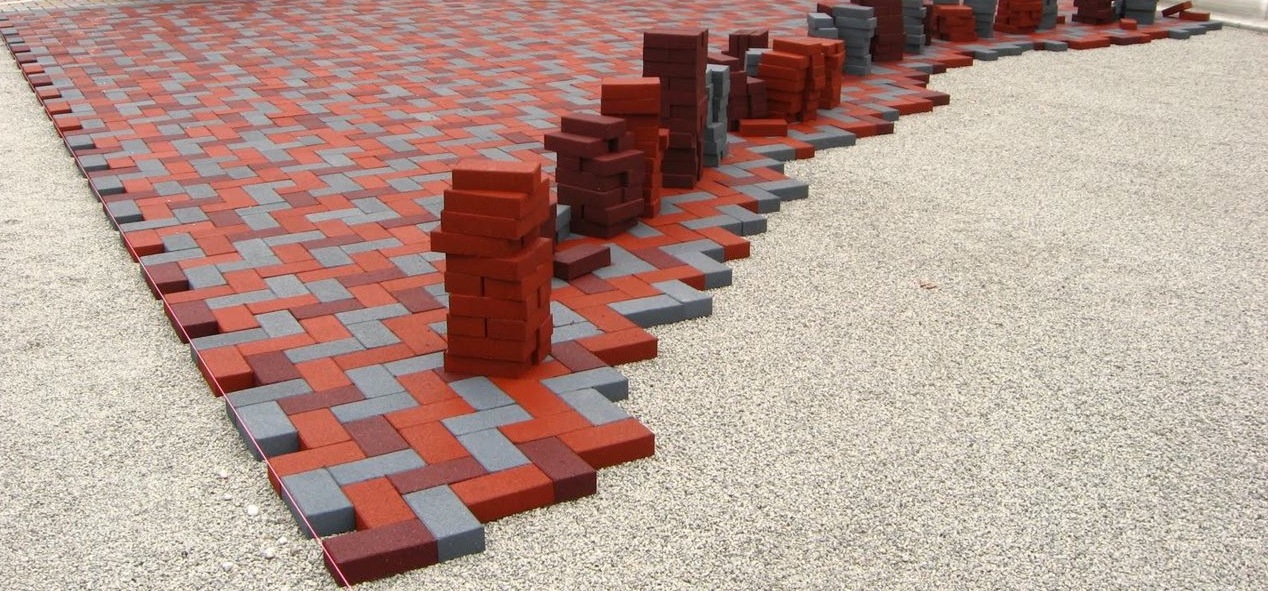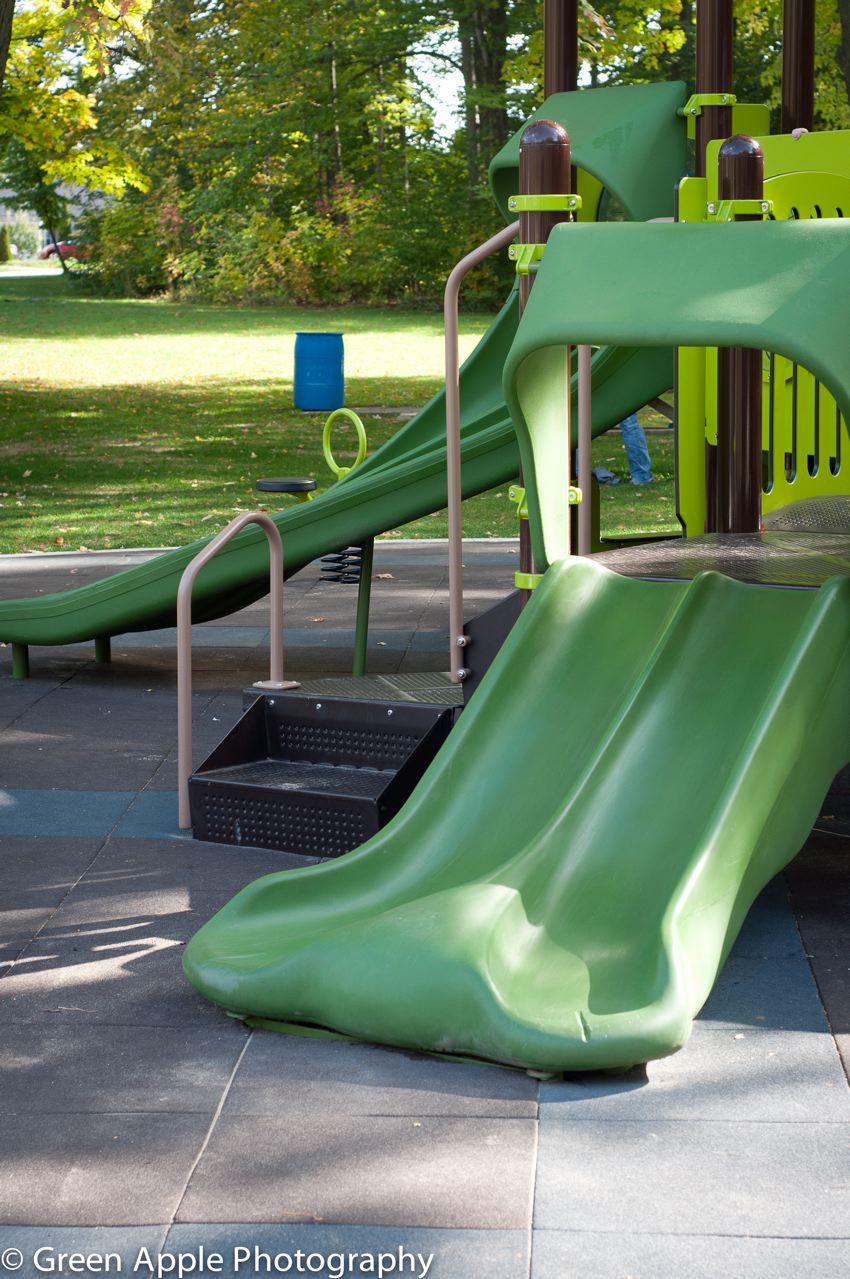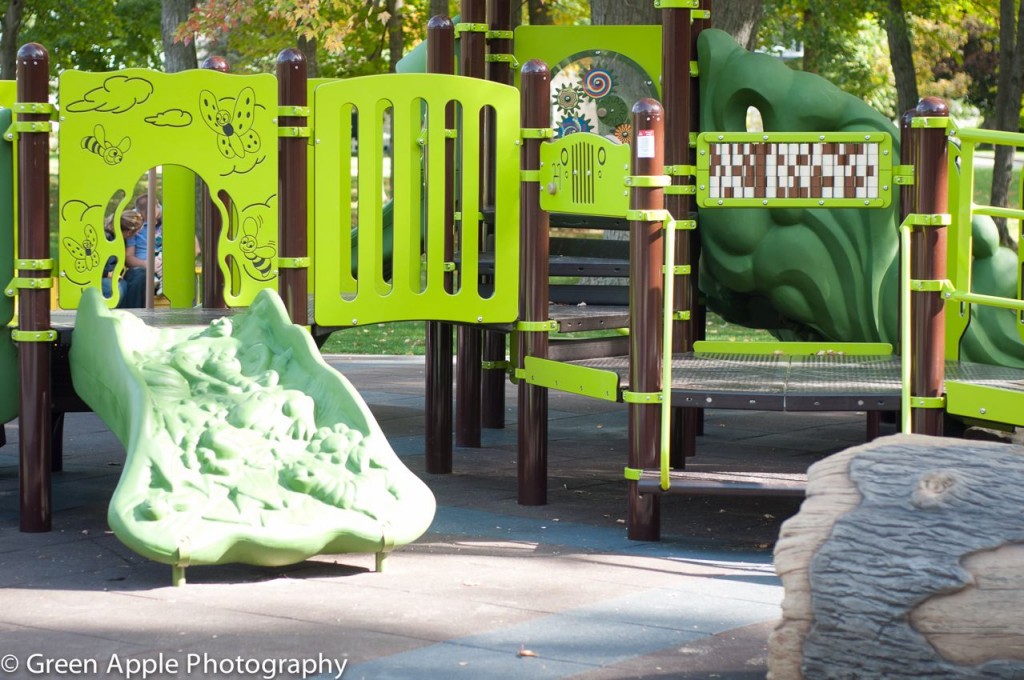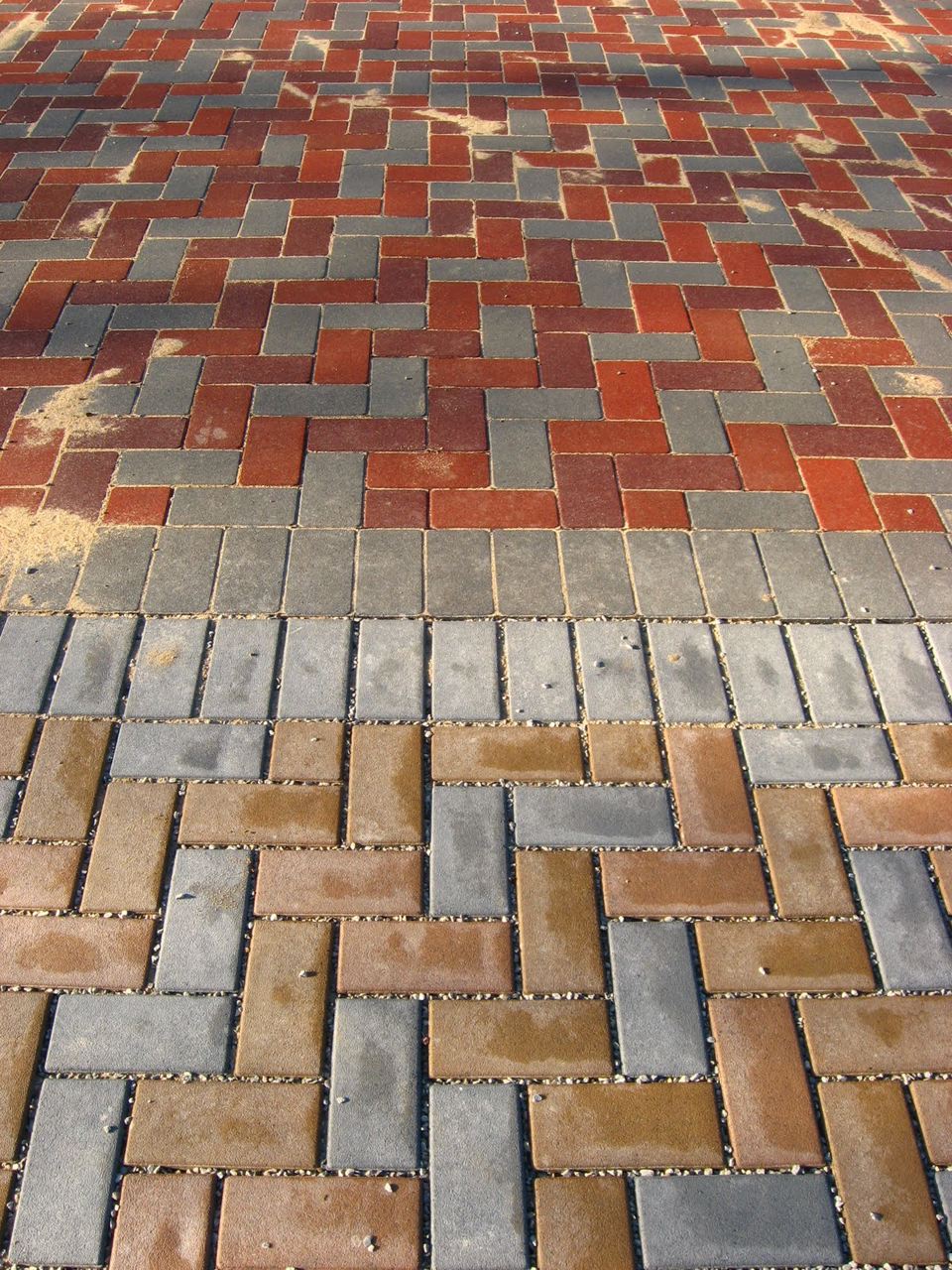
By: Andrew Horsman, Executive Director, Ontario Tire Stewardship
To create highly functional, award-winning facilities and community spaces, it’s important for builders, architects and designers to understand how users interact with these spaces. But it’s equally important to understand the enhancing role that eco-friendly building materials – such as innovative products made from recycled tires – can play to create industry-leading sustainable facilities.
An increasing number of builders and designers are seeing the value of high performance recycled tire products across all facets of new development projects, from indoor applications to roofing and rooftop patio solutions to surrounding outdoor space design. Various recycled tire products that are available on the market today are highly regarded as environmentally sustainable ways of managing tire waste, while addressing developer and property management considerations around LEED certification, durability, safety and long-term cost effectiveness.
To bring these sustainable solutions to market, Ontario Tire Stewardship (OTS) – a non-profit organization that operates the Used Tires Program in Ontario – works with product manufacturers and members of Ontario’s tire recycling community to convert old tires into high value recycled tire products. To date, OTS has diverted more than 50 million tires in the province and helped the industry transform tire waste into eco-friendly solutions such as landscaping mulch, flooring underlay, brick pavers, patio tiles and more.
Indoor Applications
Sound absorption, durability and low maintenance materials are important areas for consideration when selecting quality building materials. Old tires are now being recycled into a variety of sustainable flooring solutions to meet these indoor design demands. For example, Toronto’s Corus Entertainment Centre recently incorporated a flooring underlay made from recycled tires to improve sound absorption in the company’s multi-level buildings, soundproof its studios for daily recording purposes, and meet the building guidelines for Impact Insulation Class (IIC) and Sound Transmission Class (STC) requirements to reduce sound that travels between floors and ceilings.
Toronto-based not-for-profit, Earth Rangers Centre for Sustainable Technologies used recycled tire products to serve a completely different purpose. Promoting healthy lifestyle choices for its employees and community members, Earth Rangers re-designed a space within its facility into an accessible gym. Since environmental sustainability was an important element of its organizational culture, work and values, the Pro-Fit athletic flooring provided by manufacturer National Rubber Technologies was a natural fit. The athletic flooring is highly durable to withstand rigorous fitness use, low maintenance and slip resistant, addressing Earth Rangers’ safety standards. It also contributed to the facility’s Platinum status under LEED for Existing Buildings .

Tires on the Roof
It seems an unlikely place to house our old tires, but recycled tire products have been used by many residential and commercial builders across North America as roofing shingles and eco-friendly patio tile solutions for green rooftop spaces. High quality composite roof shakes made from recycled tires are far more durable than traditional cedar and other wood shakes. When applied to an average sized 4,000 sq. ft. roof, recycled rubber shingles can also keep up to 64 scrap tires out of harmful landfills.
Designers of the Residential Energy Efficiency Project (REEP) in Kitchener, Ontario saw great value in using these roof shingles. A winner of the 2011 Minister’s Award for Environmental Excellence in the non-governmental organization category, the REEP House serves as a public learning centre, educating homeowners on ways to make their homes more energy efficient and sustainable. Consistent with its objectives to be a leading example in sustainable design, REEP House chose Enviroshake’s composite roof shingles made from 95% recycled materials, which features fire and hail resistant qualities, do not decay, blister or peel, and can last more than 50 years without losing its aesthetic appeal when compared to the shorter life span of cedar shakes.
As a result of using Enviroshake’s roof shingles, the REEP House not only gained LEED industry rating points, but these points have contributed to its pursuit of a Platinum industry certification under the LEED Canada for Homes program.
Outdoor Applications
When designing award-winning buildings, what surrounds them is just as important to creating the desired atmosphere as what is inside the buildings. This includes accessible parking lots, landscaping and pedestrian walkways.

Using recycled tire products in high-traffic pedestrian and vehicle zones is highly beneficial from a design aesthetic, development quality and environmental perspective. Many of these surfacing solutions are highly durable, safer for pedestrian use from its slip resistant qualities, and easier to maintain as rubber bricks. Meanwhile, pavers are easier to install, remove and re-align if necessary. Due to their recycled rubber composition, rubber pavers and bricks won’t have cracking and warping damages due to extreme Canadian temperature fluctuations in the summer and winter months when compared to traditional alternatives such as concrete and asphalt.
Kortright Centre for Conservation in Vaughan, Ontario and the Toronto and Region Conservation Authority (TRCA) recently partnered with OTS to use recycled tire products in a new way that makes the facility more sustainable, while creatively addressing municipal storm water management issues. TRCA replaced Kortright’s old asphalt parking lot with Eco-Flex Churchill Brick Pavers and IOWAT’s AZEK VAST permeable recycled tire paver systems, to test and showcase a sustainable storm water management solution, reduce the amount of runoff and improve the overall aesthetics and long-term maintenance of its frequently used parking lot.

Highly shock absorbent playground surfacing solutions made from recycled rubber are also being featured in outdoor play areas where builders must adhere to high safety standards. In North America, playground standards require surfaces to pass a minimum safety performance not exceeding 1000 Head Injury Criteria (HIC). Recycled tire products, such as those manufactured by SofSurfaces can provide an HIC rating below 570, which is the threshold considered safe for children in an automobile crash. Since playground surfaces may harden over time, this extremely safe rating ensures the surface remains compliant to the standard for the long-term.
In addition to leading builders and architects, consumers are also showing their support for the use of eco-friendly alternatives. In fact, a recent study conducted by OTS found that 94 per cent of Ontarians felt that commercial and residential developers and builders should be more active in using environmentally sustainable building materials. As this demand for high quality, environmentally sustainable building solutions rises, so too will the relevance and use of innovative recycled tire products to transform everyday spaces into leading examples of the latest in green design.